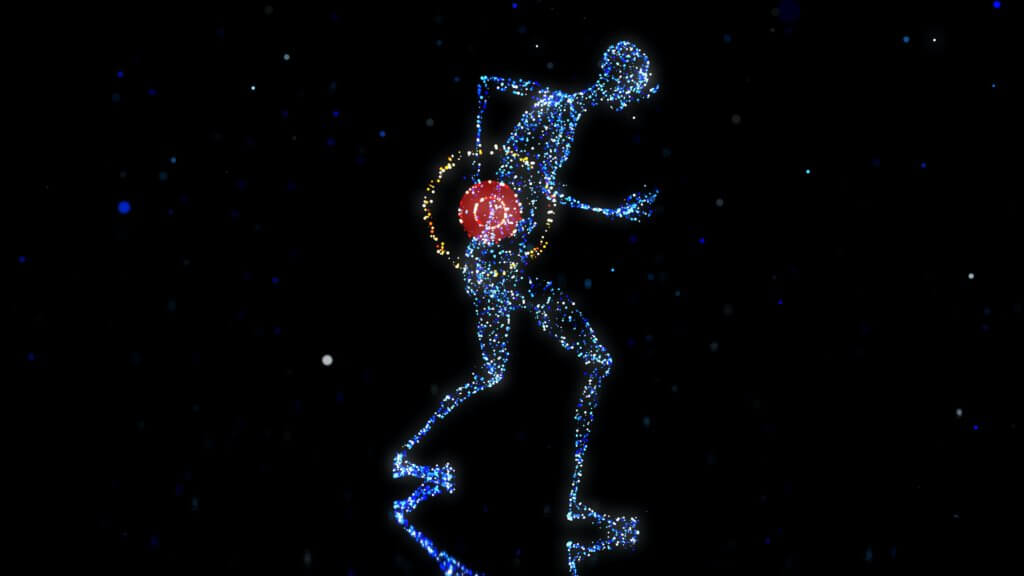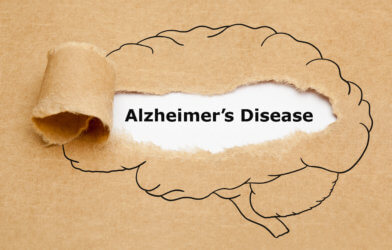Chronic back pain can be absolutely debilitating. Patients take medications and undergo injections, but it doesn’t always quell the brutal aches. Now, a group of Australian researchers believe they have developed an effective new treatment for chronic back pain that targets the nervous system. Common causes of back pain include spinal stenosis, degenerative disc disease, and anterolisthesis.
The treatment focuses on retraining how the back and the brain communicate. For the study, 276 participants were divided into two groups. One group underwent a 12-week course of sensorimotor retraining, while the other group received a 12-week course of sham treatments designed to control for placebo effects. Researchers say sensorimotor retraining modifies how people think about their body in pain, how they process sensory information from their back and how they move their back during activities.
“What we observed in our trial was a clinically meaningful effect on pain intensity and a clinically meaningful effect on disability. People were happier, they reported their backs felt better and their quality of life was better,” says James McAuley, professor at UNSW’s School of Health Sciences, in a university release. “It also looks like these effects were sustained over the long term; twice as many people were completely recovered. Very few treatments for low back pain show long-term benefits, but participants in the trial reported improved quality of life one year later.”
McAuley says this is the first new treatment of its kind for back pain that has been tested against placebo. This sensorimotor retraining treatment offers an alternative treatment to drugs, spinal manipulation, injections, surgery and spinal cord stimulators. Researchers believe chronic back pain can now be viewed as a modifiable problem of the nervous system rather than a disc, bone or muscle problem.
“If you compare the results to studies looking at opioid treatment versus placebo, the difference for that is less than one point out of 10 in pain intensity, it’s only short term and there is little improvement in disability. We see similar results for studies comparing manual therapy to sham or exercise to sham,” notes McAuley.
Sensorimotor retraining treatment is different because it looks at the whole system — what people think about their back, how the back and brain communicate, how the back is moved, and the fitness of the back.
McAuley says this new treatment is aimed at breaking the “self-sustaining cycle” of how people with back pain are often told their back is vulnerable and needs protecting. This causes the back to become less fit, “and the way the back and brain communicate is disrupted in ways that seem to reinforce the notion that the back is vulnerable and needs protecting,” explains McAuley.
Researchers have three goals with the new sensorimotor retraining treatment. They want to align patient understanding with the latest scientific understanding about what causes chronic back pain; normalize the way the brain and back communicate with each other; and to gradually retrain the body and the brain back to a normal protection setting and a resumption of normal activities.
“This treatment, which includes specially designed education modules and methods and sensorimotor retraining, aims to correct the dysfunction we now know is involved in most chronic back pain and that’s a disruption within the nervous system. The disruption results in two problems: a hypersensitive pain system and imprecise communication between the back and the brain,” says Lorimer Moseley, Bradley Distinguished Professor at the University of South Australia.
McAuley hopes this treatment will be available to trained physiotherapists, exercise physiologist and other clinicians within six to mine months.
The study is published in the Journal of the American Medical Association.













Comments